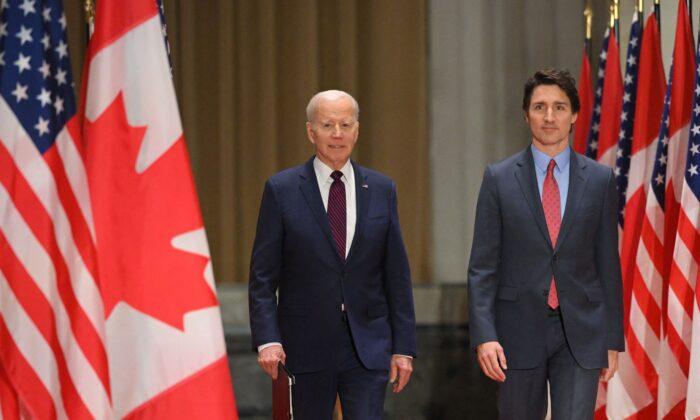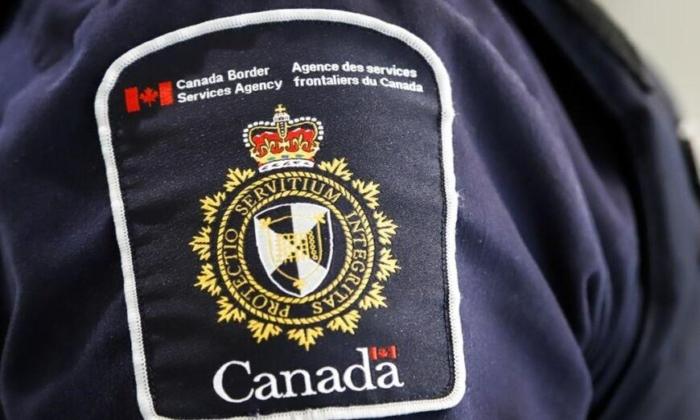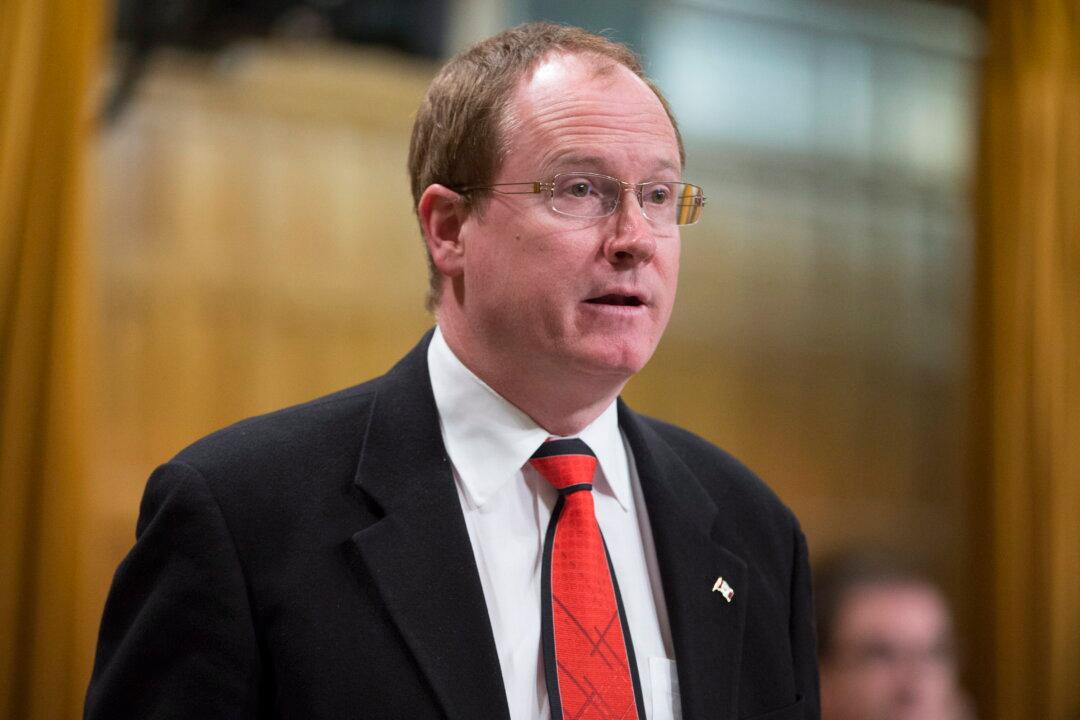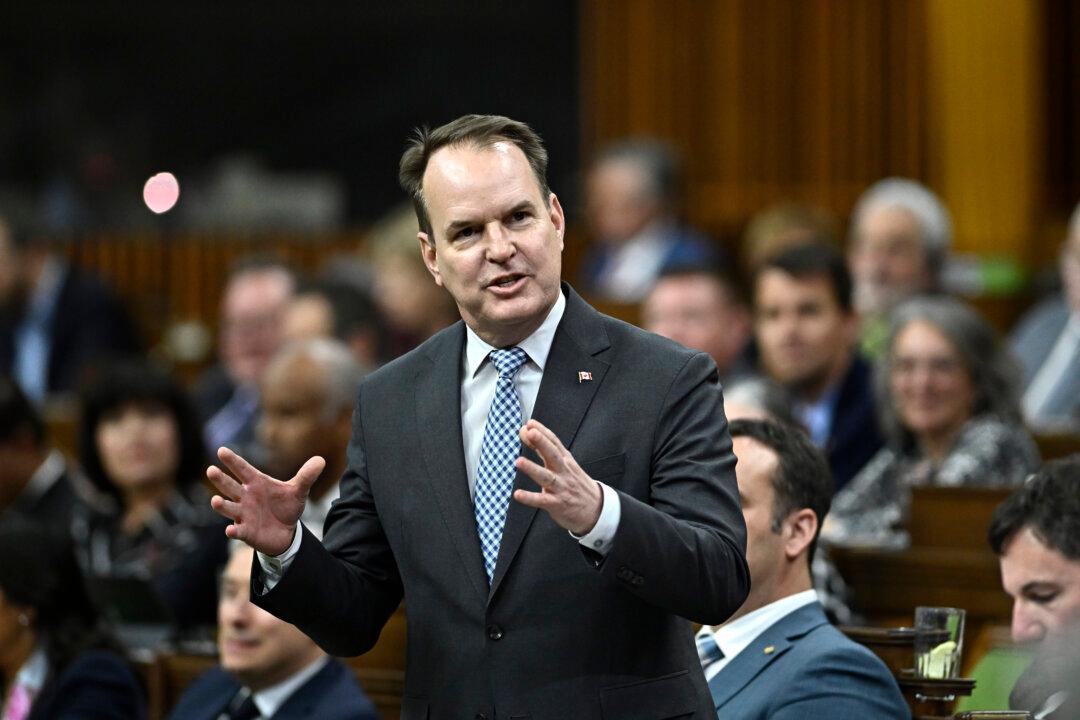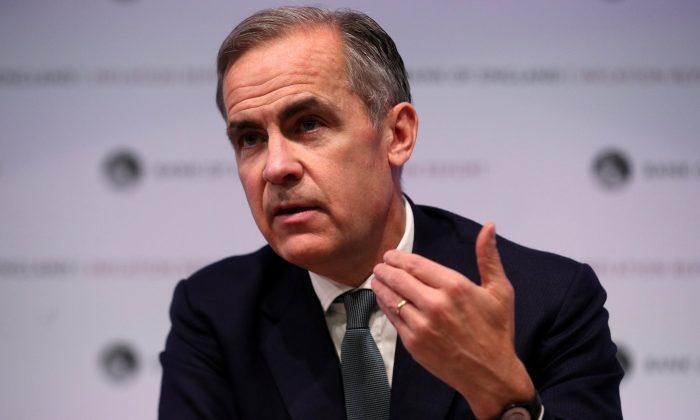Despite Canada and the United States announcing changes to the Safe Third Country Agreement on March 24 during U.S. President Joe Biden’s trip to Ottawa, the details of those changes were initialed nearly a year ago, according to U.S. government documents.
As of March 25, asylum-seekers at unofficial border-crossing points between the two countries will be turned back. This comes after years of illegal immigrants making unsanctioned crossings at places such as Roxham Road, a border entry between New York state and Quebec, in order to make asylum claims in Canada.
The agreement previously only made it illegal to make a claim at official border crossings, which left a loophole for migrants at any place that was not an official crossing between the United States and Canada. But under the announced changes, it is no longer possible—with certain exceptions—to use any point along the 9,000-kilometre border to make a refugee claim.
The changes to the STCA, known as the Additional Protocol of 2022, means that as of March 25, migrants trying to get into Canada through Roxham Road will be arrested and sent to an official border crossing. In announcing the update, Canada said it will allow 15,000 migrants from the Western Hemisphere to apply for entry into the country “on a humanitarian basis.”
Immigration Department spokesperson Jeffrey MacDonald said that while the Additional Protocol was signed back in 2022, “changing the terms of a bilateral agreement is complex, and neither Canada nor the U.S. could amend it unilaterally.”
“Along with the time and due diligence required for the negotiations to reach an agreement-in-principle, both Canada and the U.S. needed to make operational and regulatory changes, as well as undertake the necessary processes of amending international agreements – all in a coordinated manner,” he said.
Trudeau said both Canada and the United States knew that applying the STCA to the entire border was the solution, but added that “it takes complex processes to manage our borders, and that’s taken a few months to get all that in place so we could move forward with this announcement.”
“We have protected the integrity of our system and we continue to protect and live up to our obligations in terms of asylum-seekers, but also we’re are continuing to be open to regular migration,” he said.
